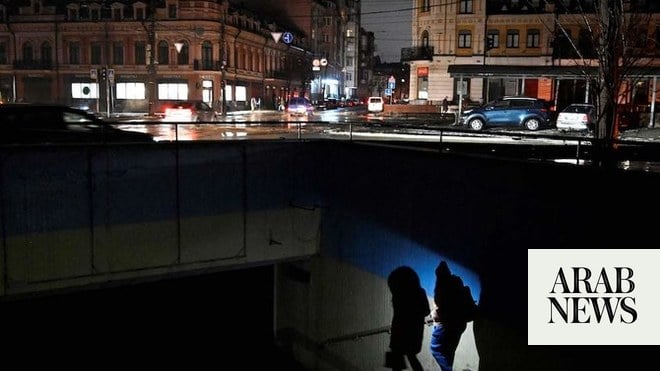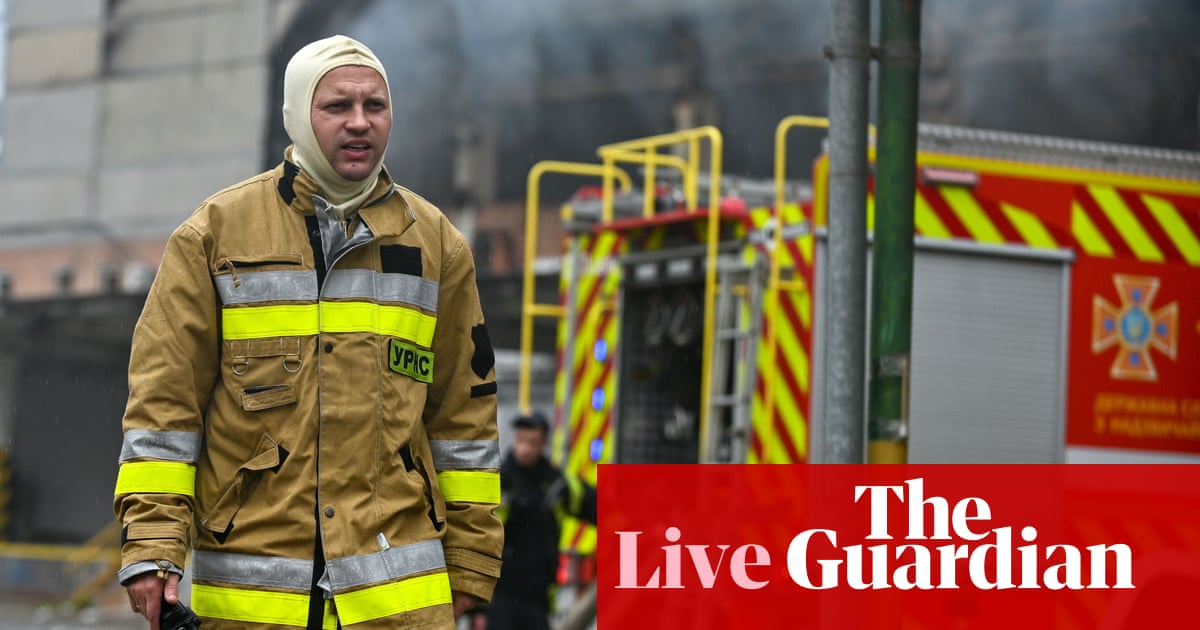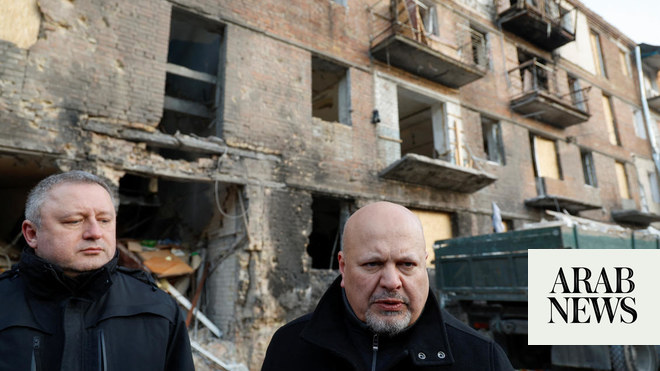
Ukrainian authorities are scrambling to assess the damage caused by one of the biggest Russian airstrikes of the war earlier this week, which targeted energy infrastructure across the country, further crippling a sector targeted by Moscow multiple times in the spring.
While much of Ukraine is still experiencing the tail end of a very hot summer, this week’s strikes have brought into focus concerns about the hard colder months that lie ahead. “This winter is going to be tough, that’s for sure,” said Nataliia Shapoval, head of the Kyiv School of Economics Institute.
Monday’s attack, which came during morning rush hour, involved more than 100 missiles and more than 100 drones targeting energy infrastructure all across the country, from the east close to the frontlines all the way to the far west near the border with EU countries.
While the strikes in spring targeted generating capacity, Monday’s attacks were largely focused on distribution infrastructure, such as electricity substations. They led to emergency blackouts across the country, which have tapered into scheduled power cuts affecting Kyiv and many other cities.
Many estimates suggest that even before this week’s strikes, Russia had destroyed around half of Ukraine’s energy capacity. Repair work has been ongoing over the summer, but as Kyiv continues to call for increased air defence support from western allies, the fear is that further strikes could turn a difficult situation into a catastrophic one.
“It’s not easy to improve the situation but additional attacks can cause it to worsen,” said Andrian Prokip, a Kyiv-based energy expert with the Kennan Institute in Washington DC.
“Even in the best-case scenario there will be scheduled cutoffs. How they look will depend on the temperature. If we have -5 [degrees Celsius], a schedule of seven hours off, two hours on could be expected,” he said.
At a June conference in Berlin, President Volodymyr Zelenskiy said Russia had destroyed 80% of Ukraine’s thermal energy generation and a third of its hydro generation. On Tuesday, he declined to elaborate on what further damage Monday’s strikes had caused.
“I don’t really like energy PR. It’s not very helpful when the enemy knows what damage they have done. Let the information about the condition of our energy facilities and what we are currently doing there be kept quiet,” he said.
“It was a major hit and the audit is ongoing,” Mykhailo Podolyak, an aide to Zelenskiy, told the Guardian in Kyiv. “We know what is needed: repair work, and in parallel, more support with air defence,” he said.
Shapoval’s institute estimates that since the start of the full-scale invasion, Russian strikes on energy infrastructure have caused $16bn of damage as well as $40bn of lost revenues.
The country is undoubtedly better prepared for the winter now than at the beginning of the war. Hospitals, critical infrastructure and many businesses have generator capacity. In Kyiv, life went on almost normally during the long power cuts this week, with small generators whirring outside cafes, restaurants and other businesses.
But the frequent electricity cuts expected over the winter will probably cause a range of knock-on effects, ranging from affecting elderly people and those with mobility issues who live in high-rise buildings, who will be unable to use elevators if the building has not bought a generator, to reduced functioning of businesses and, as a result, reduced taxes flowing into the budget. Sustained power outages could prove disastrous for heavy industry in the east of the country, which has so far proved remarkably resilient despite more than two years of full-scale war.
There were “lots of small and big stories” that come about as a result of power outages, said Shapoval. In much of the east, where the threat of strikes means schooling takes place online, lack of electricity makes it harder to power devices and have access to internet for lessons. In some high-rise buildings, blackouts means water cannot be pumped to the higher floors, and the “doomsday scenario” was that Russian strikes would also lead to major shortages of water as well as electricity, Shapoval said.
In June, the European Commission president, Ursula von der Leyen, said Brussels planned to finance the development of small-scale generators across the country. “The aim is to help decentralise the power system and thus increase resilience,” she said.
The rules have been liberalised on electricity generation using gas turbines, leading to an increase in small-scale generation, which can be carried out anywhere with access to gas supplies and power cables, with the systems constructed inside shipping containers or small buildings. “Some companies are doing it to cover their own needs, some to connect to the grid and then sell it to the market,” said Prokip.
The renewed focus on energy comes after Ukraine’s surprise incursion into Russia’s Kursk region earlier this month, with Kyiv now controlling a chunk of Russian territory and changing the dynamic on the battlefield, even as Ukraine’s forces remain on the back foot in the eastern Donbas region.
The goals of the operation, which Ukraine has said it did not reveal to allies in advance, are still not clear. On Wednesday, the CIA’s deputy director, David Cohen, said he expected Ukraine to try to hold the territory “for some period of time”. Kyiv has said it controls about 1,200sq km of territory and that it wants to create a “buffer zone” in the border area to prevent Russian attacks on Ukrainian territory.
“We can be certain that Putin will mount a counteroffensive to try to reclaim that territory,” Cohen said at a security summit in Maryland. “I think our expectation is that that will be a difficult fight for the Russians.”












